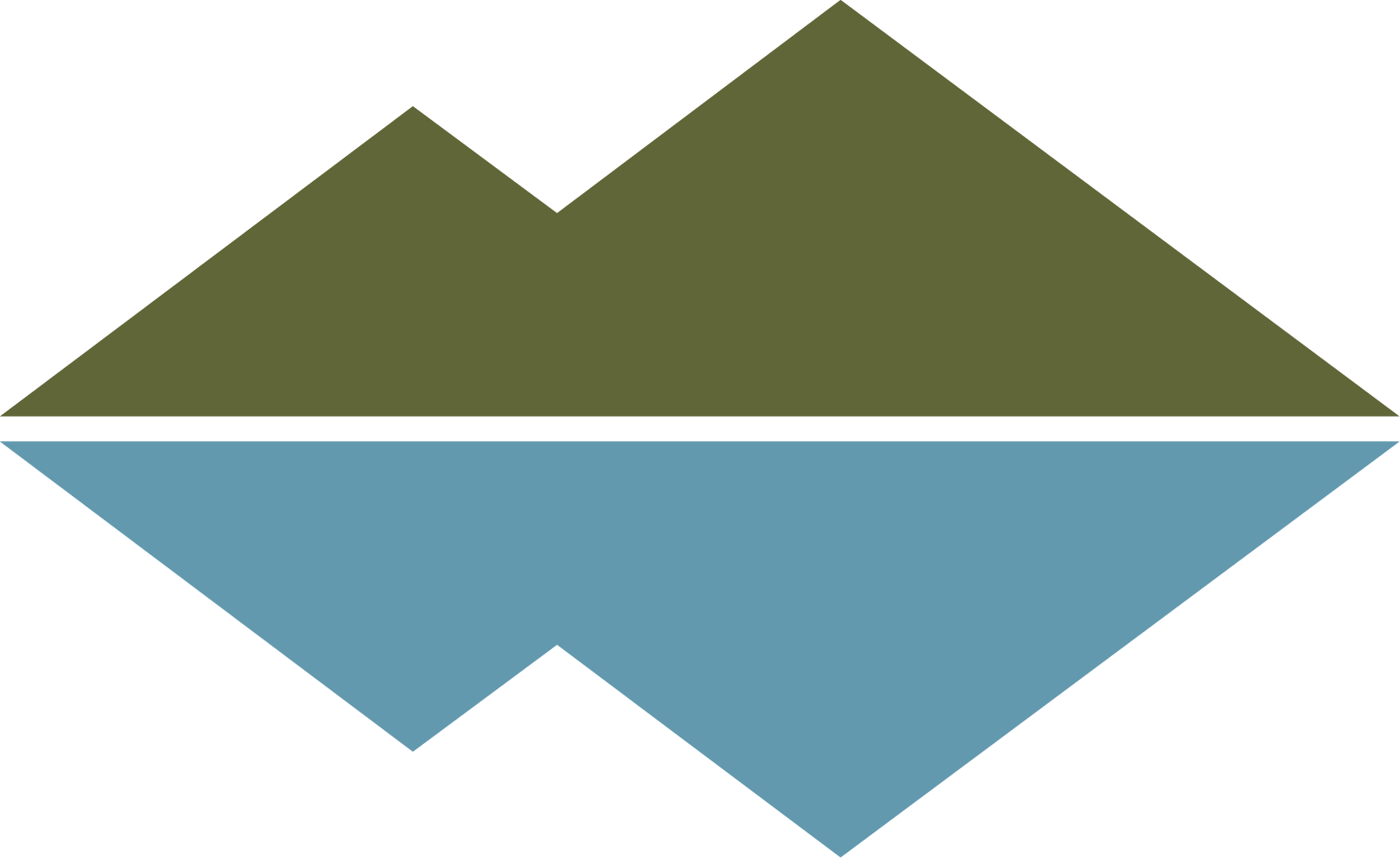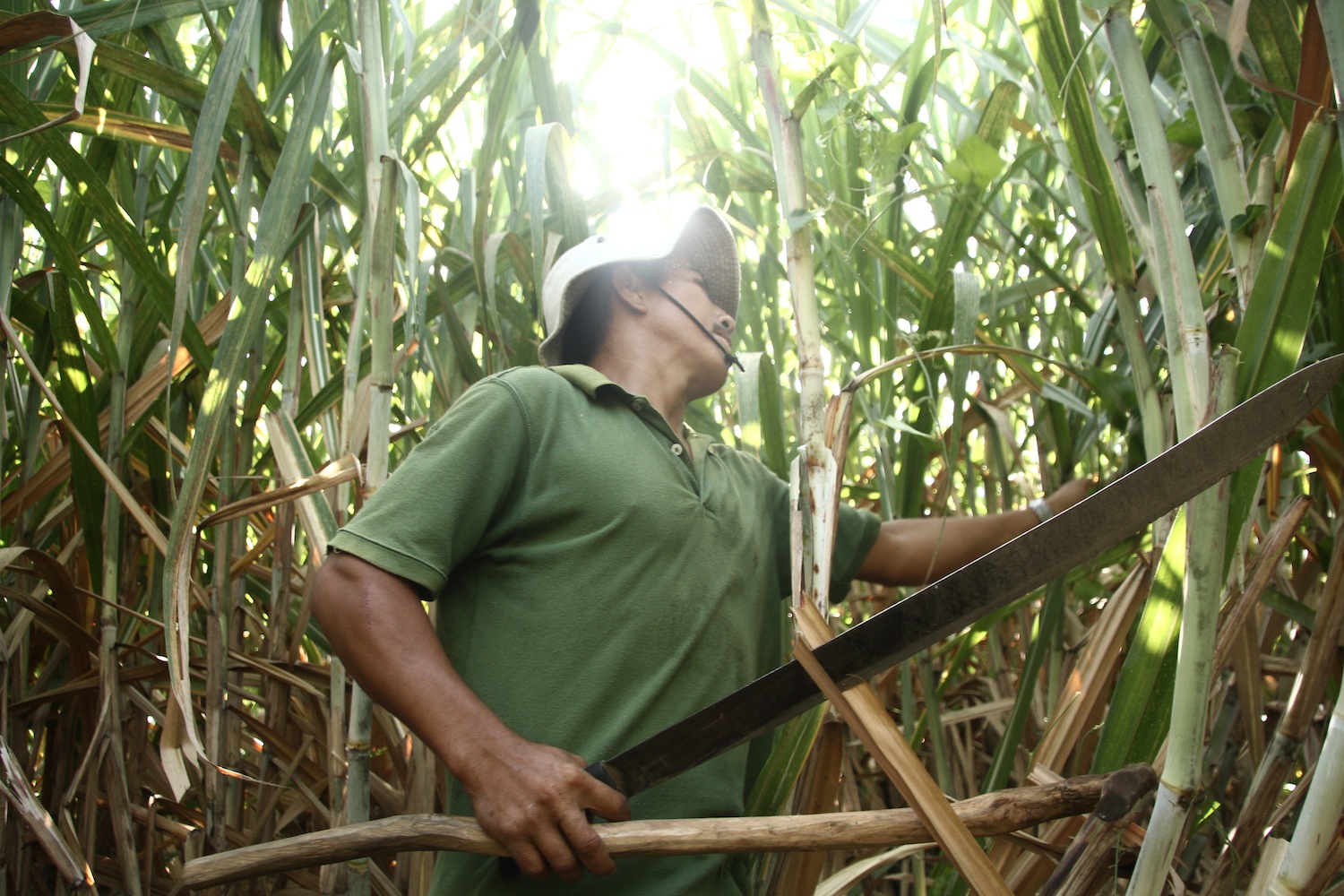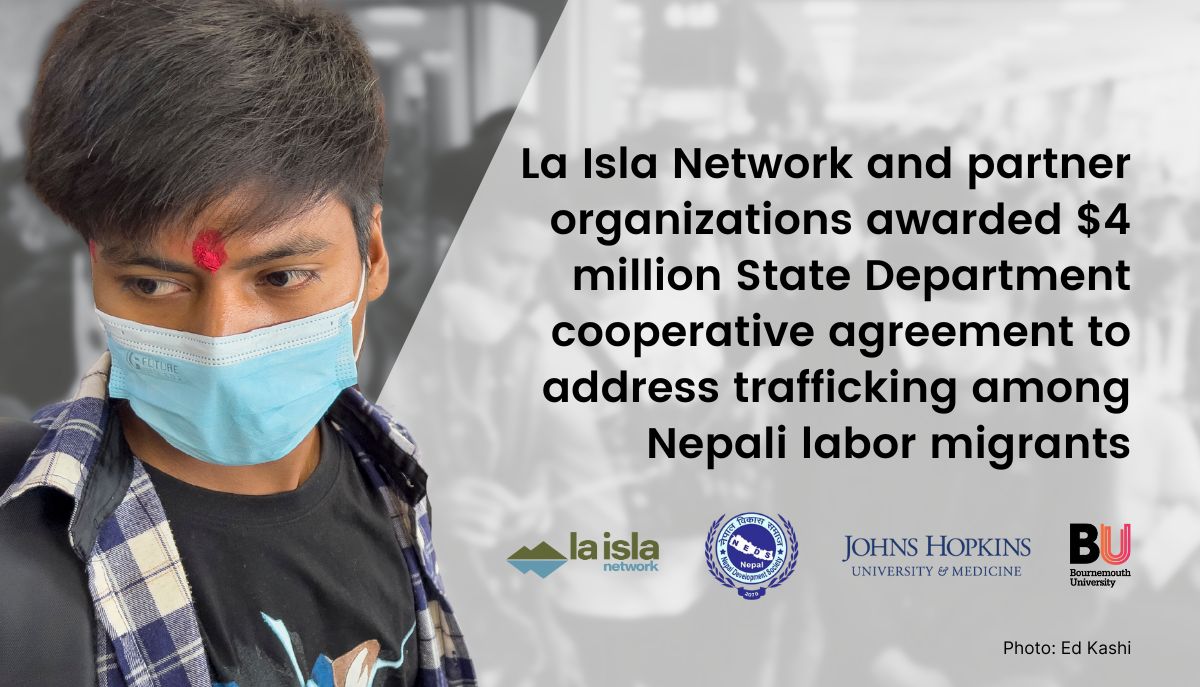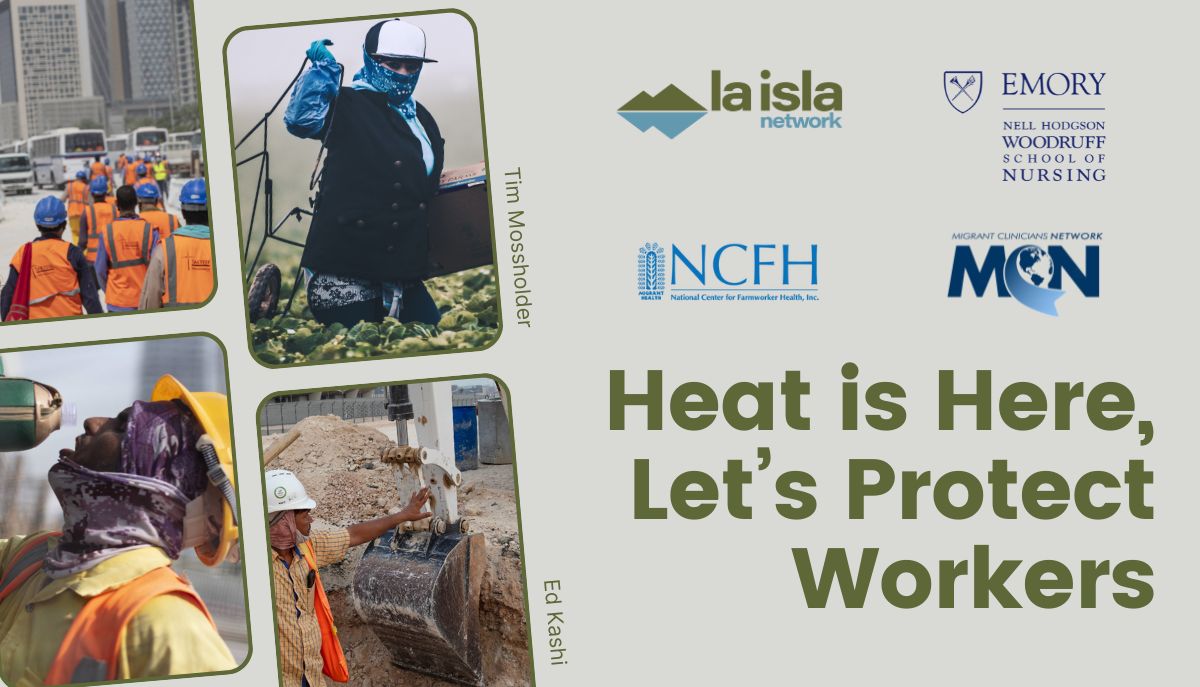The rainy season brings a halt to the cutting season between May and November, but veteran sugarcane cutters find work in other jobs as sugarcane production never rests. They work in “cleaning,” or weeding the cane fields, spraying chemical herbicides and pesticides, working security of fields, warehouses and factories, and maintaining irrigation infrastructure, preparing for the next cutting season, which will begin when the rains subside and the sun settles back into its dominance for another six months. This rainy season saw a thorough campaign of health exams in the affected community of Guanacastal de Sur, which includes La Isla, carried out by La Isla Foundation and CISTA health officials with medical students from Mt. Sinai School of Medicine (NYC) and UNAN-Leon. Study fatigue can set in among community members who, year after year, participate in medical exams while family members and friends perish of the very disease being studied. This round of exams however saw a much more upbeat response by the community as a year of community work and education on the health studies built stronger relationships between members of the affected communities and the researchers. The majority of that community work was carried out by young people from Nicaragua, the U.S. and Europe working tirelessly for months carrying out surveys, holding educational seminars, and sharing conversation over meals with people in the communities. All this success however is matched by the fact that over 60% of men in these communities have CKD and continuing studies only confirm that rate with each new generation taking to the fields. LIF and CISTA have developed a protocol for a causality study to test the interaction of sugar, specifically fructose, with chronic dehydration, that they plan on implementing in a study this November with the beginning of the cutting season. The rain will cease, the cane will burn, and the season will begin. Will this be the year that we find the cause?





